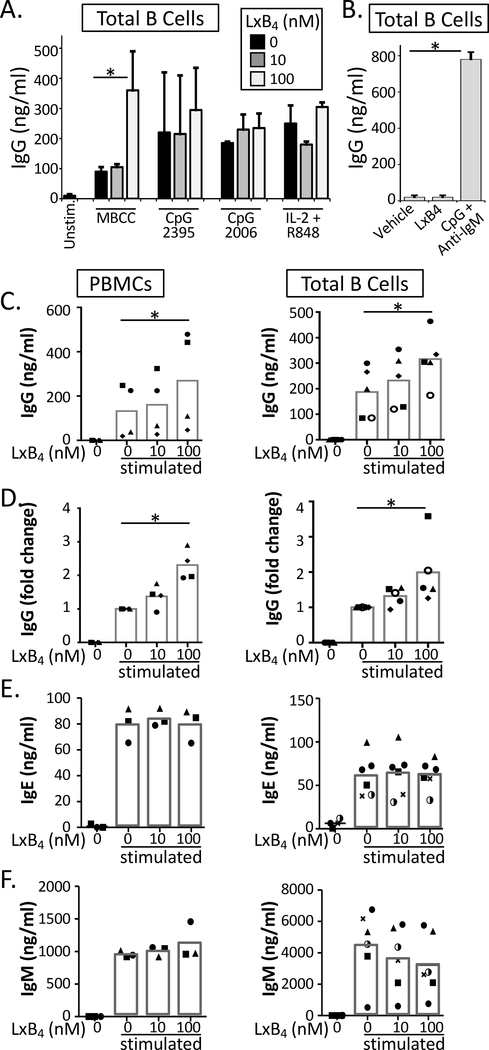Figure 1. LXB4 enhances memory B cell IgG production.
(A) Purified CD19+ B cells were pretreated with 10 or 100 nM LXB4, followed by stimulation with different polyclonal activators as shown (MBCC, memory B cell-inducing cocktail). IgG was measured in the supernatant by ELISA after 7–8 days. (B) Purified B cells were treated with LXB4 alone (50nM) or CpG + anti-IgM as a positive control, for 7 days, and IgG was measured in the supernatant. (C–F) PBMCs or purified CD19+ B cells were stimulated with the memory B cell-inducing cocktail and treated with the indicated concentration of LXB4. IgG, IgM or IgE levels were measured in the culture supernatants after 7–8 days by ELISA. For (A) and (B), results shown are mean±S.D. for triplicate wells from one representative donor of 3 donors tested. For (C-F), each symbol represents an individual donor and represents the mean of triplicate or quadruplicate cultures. Data analyzed by repeated measures one-way ANOVA with Tukey’s posttest, *p≤0.05, **p≤0.01, ***p≤0.001.

